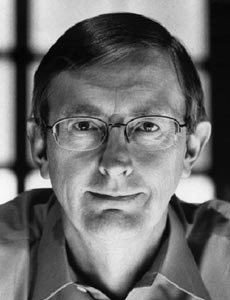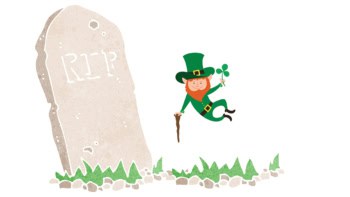Graham Farmelo is a senior research fellow at the Science Museum, London and associate professor of physics at Northeastern University, US. He is the editor of It Must Be Beautiful: Great Equations of Modern Science (2002 Granta)

What are the three best popular-science books?
The notion of a popular-science book is often something of a misnomer as very few such books are actually very popular. Ask anyone in the book trade. Bill Bryson’s A Short History of Everything is a shining exception, and, although it is marred by mistakes that could easily have been corrected, there is little doubt that it has hit the spot with an extremely wide audience. Part of Bryson’s reward has been a lot of patronizing comment from some other science writers. Anyway, I will be selfish and make my choice according to the criteria that many lapsed scientists use when judging “popular” books – which one taught me the most while remaining widely accessible.
First, I would be hard-pressed to name any science book that more compellingly sets out its story than Richard Dawkins’ The Blind Watchmaker. This was my introduction to evolutionary biology, and I will never forget the impact it had on me. I still remember where I was when I read Dawkins’ line about “raining DNA”.
My second choice is James Gleick’s Chaos – the book that introduced me to a subject I had scarcely heard of. Gleick is an excellent storyteller and masterly at interweaving human interest with gems of science.
Finally, I would pick Jared Diamond’s Guns, Germs and Steel, which is a tour de force of the interdisciplinary study of human history. The continuing sales of this challenging book show that there is a market for big scientific ideas, when they are marshalled by an articulate polymath. Physics has yet to find its Diamond.
What science books are you currently reading?
In preparation for my forthcoming biography of Paul Dirac, I am reading Nancy Thorndike Greenspan’s terrific new biography of Max Born entitled The End of the Certain World. Although its science is a little sketchy, her painting of Born’s social and political milieu is superb (see “Max Born and the peace movement”> Physics World April pp35-38). I am also impressed by The Fly in the Cathedral, the account by journalist Brian Cathcart of James Cockcroft and Ernest Walton’s atom-splitting experiment. He too has done a first-rate job of bringing the heyday of the Cavendish Laboratory thrillingly to life.
What else are you reading?
Maria Beller’s Quantum Dialogue is a dense, scholarly account of the genesis of quantum mechanics. Beller is the kind of historian who tends to put physicists’ backs up, with her critical comments on the way they romanticize their heritage and lazily lionize some of their predecessors (such as Niels Bohr). But she is provocative, knowledgeable and refreshingly challenging. For relaxation, I am enjoying Kazuo Ishiguro’s Never Let Me Go, to give me some idea of what life might be like when cloning is available on the National Health Service.
Which popular-science book have you never read, but feel you ought to have tackled? To my shame, I have never read from cover to cover any of the popular books by Sir Arthur Eddington. Yet, from dipping into some of them, such as The Nature of the Physical World, I can quite believe those who say that, of all the leading scientists to write popular books, he was the best. And, I gather, his sales showed that he really was popular.



